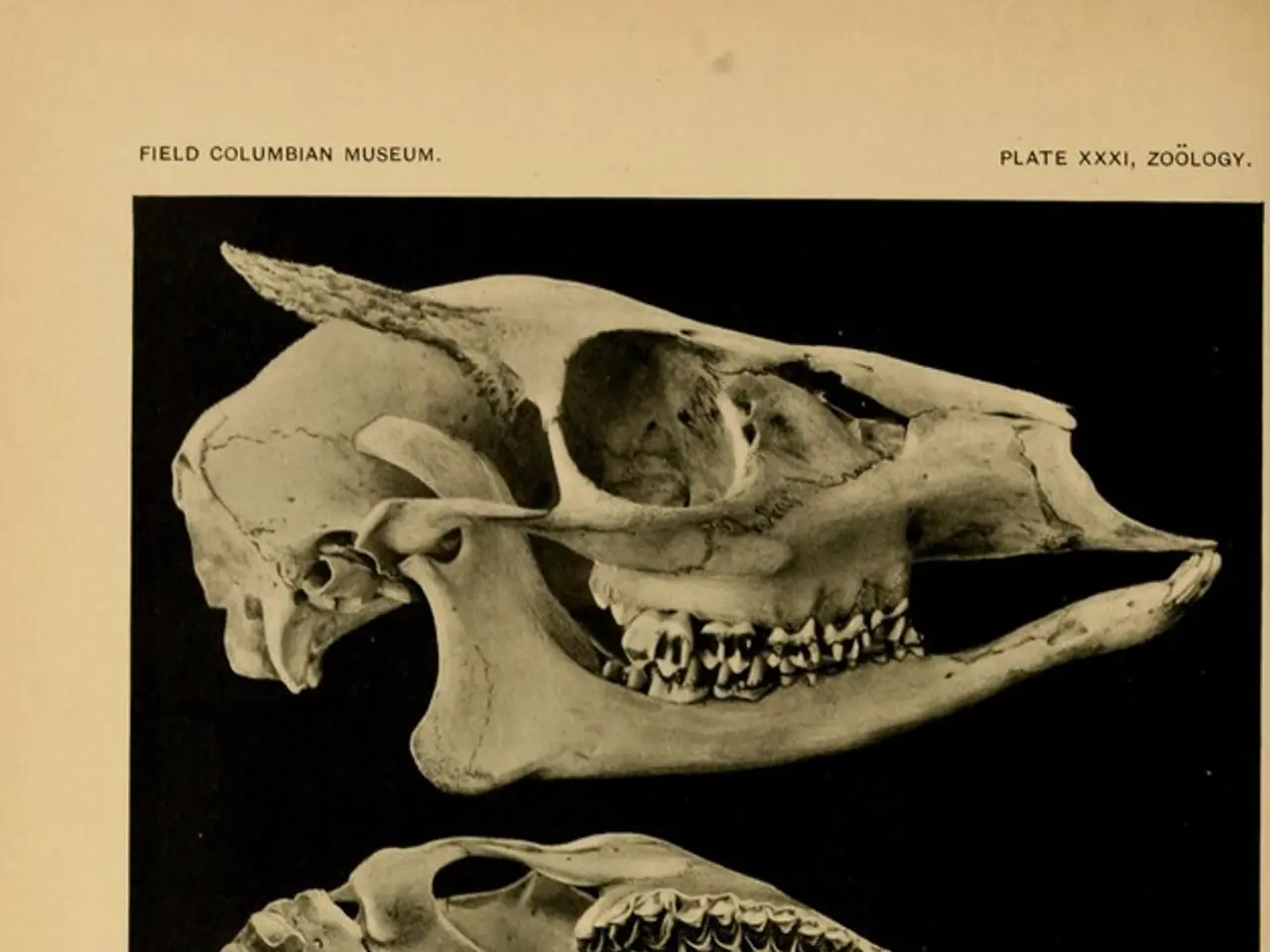The transformative impact of science on our perspectives concerning life and mortality
In recent years, significant strides have been made in the field of resuscitation medicine, leading to improved patient survival rates following cardiac arrest. These advancements, primarily focused on enhanced immediate response and early resuscitation care, have raised survival rates notably over the last two decades [1].
Improvements in resuscitation care can be attributed to increased bystander CPR rates and early defibrillator use, which have been instrumental in improving survival rates [1]. For instance, the survival to hospital discharge after out-of-hospital cardiac arrest increased from 35% in 2001-2005 to 47.5% in 2016-2020 for shockable rhythms [1].
Furthermore, AI-based decision-support models are now being utilised to optimise fluid resuscitation and oxygen delivery during care, enhancing vital sign and blood variable management in trauma patients [2][3].
However, it is important to note that these advancements primarily relate to enhanced immediate response and early resuscitation care, not to revival after long delays of clinical death. There is currently no clear, validated method or technology reported in recent literature that can reverse death or revive patients several hours post clinical death [1].
The potential impact of these advancements on end-of-life medical care is significant. They increase the window and quality of life-saving interventions immediately post-arrest through better bystander and professional responses. They also enhance monitoring and targeted therapies during resuscitation and postoperative care [2][3].
Moreover, the improved survival odds following cardiac arrest may potentially shift end-of-life care decisions, influencing discussions of medical futility.
Meanwhile, the debate surrounding the definition of death and the potential for reviving a human brain continues to evolve. According to Sam Parnia, one of the world's leading experts in resuscitation medicine and author of "Lucid Dying," the usual practice for saving a person who suddenly has a heart attack is outdated [4].
In a groundbreaking 2019 study, a group of scientists led by Dr. Nenad Sestan from Yale restored full biological and metabolic activity in 32 deceased pig brains [5]. However, the findings were downplayed due to concerns about restoring life to a dead pig brain [5].
Sam Parnia challenges society's perception of death as rapid degradation, suggesting a long gray zone in which cells go into a hibernation state if the right measures are taken [6]. He believes that the advancements in reviving dead people could potentially save him if he were to have a heart attack [6].
The current medical definition of death is a condition that causes a person's heart to stop. However, Parnia suggests that death is more of a process than a single moment [6]. He also believes that society should consider a new approach to saving people who die, involving catheters to distribute oxygenated blood nutrients and a cocktail of drugs [7].
Scientists are also growing brains in labs from cadavers, a field known as brain organoids. Brain organoids have reached the size of a fetus brain and are fully functional [8]. It is worth noting that death can be declared if a person's brain has died while they are on a ventilator [9].
In the 1950s and 60s, people who would otherwise have catastrophic brain injuries were kept alive on life support machines [10]. This practice has been largely abandoned due to ethical considerations and the lack of evidence supporting its efficacy.
In conclusion, while resuscitation medicine has advanced markedly in early intervention and care, revival hours after clinical death remains beyond current capabilities. The focus remains on optimising prompt resuscitation and post-resuscitation care to improve outcomes [1][3][5]. The debate surrounding the definition of death and the potential for reviving a human brain continues to evolve, with significant implications for end-of-life medical care.
- The utilization of AI-based decision-support models in resuscitation care contributes to the management of vital signs and blood variables, particularly in trauma patients [2][3].
- The series of studies and advancements in the field of resuscitation medicine have expanded health-and-wellness knowledge about monitoring and targeted therapies during resuscitation and postoperative care [2][3].
- The evolution of the debate surrounding the definition of death and the potential for reviving a human brain, as discussed by Sam Parnia, indicates a shift in the approach to end-of-life medical conditions, especially in regards to fitness-and-exercise interventions like brain organoids [6][7][8].




